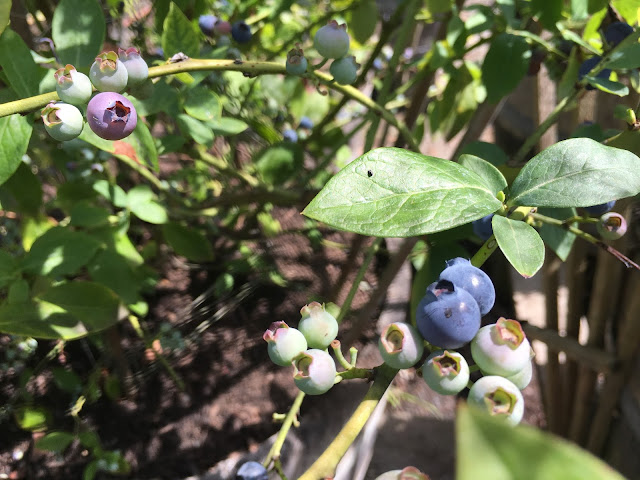This second week of September 2015 we’ve seen temperatures
remain in the triple digits, a blazing heat that won’t let up. In a climate kept moderate by coastal wind and influx of fog, these over-inflated temperatures
add further distress and hardship to the parched landscape. Coupled with the
water restrictions of this year’s drought, our drooping garden plants are testament
to the need for a rapid reprieve. We wait and wait, enduring the heat the best
we can, hoping for a helping hand to emerge and move over us.
With a Friday afternoon clear of appointments, my plan is to escape the heat. My new favorite spot on the Sonoma coast is a 1-mile loop
through a revitalized salt marsh that provides habitat for wildlife and birds,
including Canada Geese, Snowy Egrets, White and Blue Heron. After a brief rise
from the parking lot, this gentle trail system has a gravel surface
thoughtfully sprinkled with sturdy wooden benches facing the open ocean of
adjacent Doran Beach, visible and easily accessible on
foot by means of The Cheney Creek Bridge.
I drive to the coast and park my car
in a dusty, unmarked turn-off along Highway One. Carrying lunch and book I walk
slowly along the elevated gravel path that leads to the bench nearest the bird
marsh, taking in the scenery. A
series of brilliant white Snowy Egrets spread out along the shallow
waterway, each giving ample room to the next as they lay claim to their own
private fishing spot.



The coastal air is cool enough for a light sweatshirt, yet
warm enough to wear it unzipped. An unsaddled ocean breeze touches the hair on
my forehead. All memories of the intense heat at home are quickly erased like a
drawing from the blackboard, yet I wonder how much longer until the ocean fog
makes its move inland? Overhead, patches of the ascending fog bank thin and come
apart, then regroup for another surge, forever striving to cancel out the sun,
like a dark hand before a face. Who will win? I wonder. So far it is a toss-up.
Then I remember, there is no winner or loser in nature.There is only the next
moment.


After lunch I decide to walk the .4 mile path across the
bridge to the open beach. Nearing the surf, I notice an outpouring of flowers,
lemon yellow and shades of pink, from fluorescent to pale. Their sleekness and
fullness, stops me. I kneel down for a closer look. Bright blooms belonging to
the creeping Ice Plant, that ground-hugging succulent perennial that roots at
the nodes, sprawl into unkempt areas as the plant widens its berth and depth,
seeking to secure itself. Widely planted for soil stabilization and landscaping, the
Ice Plant is well known by most Californians for its succulent three-sided
leaves and deep mats that invade dune scrub, coastal prairie, and coastal bluff.
On closer inspection, I find a worker bee deep
in the heart of one buttery bloom.
Do
flowers appear as bees entice them, or is it the other way around?
Once over the small hill of dune rimming the parking lot,
the open sand welcomes me.
A steely blue
flat expanse of ocean water glitters, reaching over and over
again onto the shore before pulling back with a gleaming edge that speaks in sentences
where grandeur dwells. I remove my sneakers and steady myself, my feet sinking
into the loose sand’s warmth and pull.
A hundred yards or so down the beach, the liquid note of an ocean
bird falls upon the damp air moving in the direction of where I am standing. Dark silhouettes of a flock of gathering birds are in
pursuit of something just below the surface. Flying up and diving down into the
water over and over again against a backdrop of flickering light, they are
quite beautiful. In all of my
beach-going days, I have never been witness to such a spectacle. Pelicans,
terns, gulls and cormorants in a come-one, come-all, buy your tickets here
before they are gone flying and diving show.
Venturing out into the frigid water as far as my rolled-up
pants will allow me, I wave to the collected body of birds as they pass. How I
long to join them, become a part of their energy. Yet as wings slap water and
beaks break below waves, they continue to
ignore me. Excuse me but I have plenty of work to do, they say.
I look downward, disappointed, feeling betrayed by my heavy
feet rooted to their dark, earthly anatomy. Reluctantly I turn and walk toward
shore where a woman with hair piled high lifts her long skirt to step into the
surf while holding the hand of a small boy who looks out over the indifferent
sea. The boy bends down to be closer to the rays that break and sparkle, then closes
in on a small white umbrella of a sea shell deposited just within reach of his
pale star hand.
In Jack London’s short novel Valley of the Moon he tells of a young couple's journey up and down
the length of California,
seeking a place to call home. "What we want," they said, "is a
valley of the moon, with not too much work and all the fun we want. And we'll
just keep on looking until we find it." As the name of the novel hints,
they found that perfect place in Sonoma
County, and now, taking
it a step further, I have found my perfect place within this perfect place. It
is a place where blue water shakes a youthful dance over the shy shoulders of
delicate land – where sun, light, sky, waves and wind surge and flash in a
daily performance of delicious mist and salt, readily available to anyone who
has cleared their calendar of obligations and makes time to take in the lure of
the transformative, dreamy grace invading every hollow of the near and dear Sonoma
Coast.























































